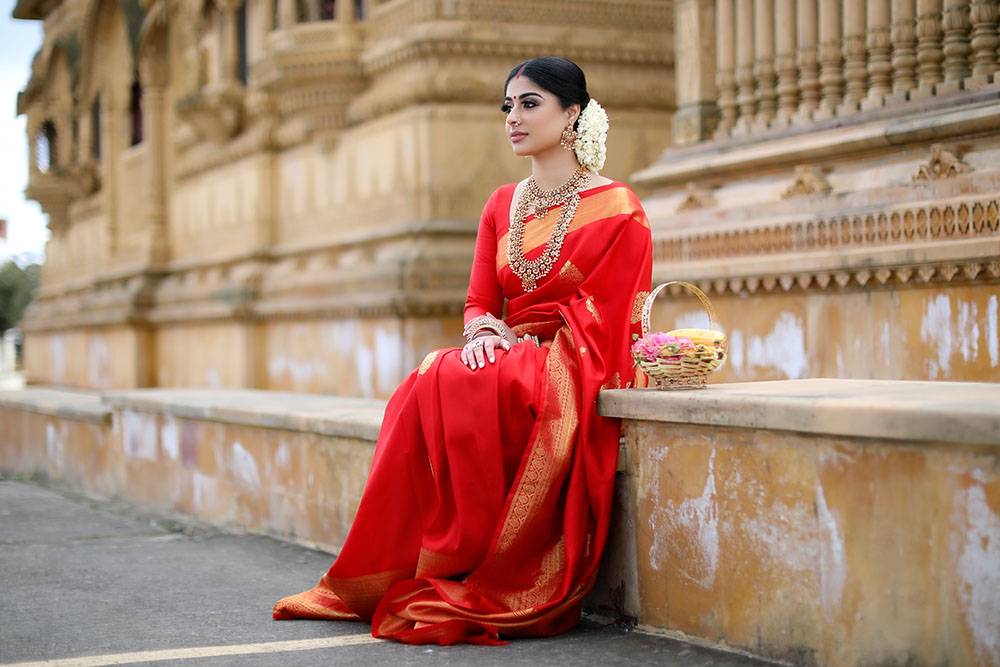
Silk isn't the most animal-friendly textile. It's a luxury fabric and one of the most expensive in the world. But the silk industry is as exploitative and cruel today as it was centuries ago.
Silk is still considered one of the finest fibers in fashion worldwide. The most expensive silk is mulberry silk, make from the cocoon of caterpillars that eat mulberry leaves over several weeks in their pupal stage.
Here is everything you need to know about how cruel silk production truly is to these sensitive animals.
Panaprium is independent and reader supported. If you buy something through our link, we may earn a commission. If you can, please support us on a monthly basis. It takes less than a minute to set up, and you will be making a big impact every single month. Thank you!
1. Why do people use silk?

Silk is widely used in the textile and apparel industry to make garments, accessories, bedding, upholstery, and other household textiles. It has been a luxury and one of the finest fibers in the fashion world for thousands of years.
The silk fiber is a versatile and smooth animal-derived product. Many clothing designers and fashion brands use silk to make lingerie, loungewear, sleepwear, shirts, dresses, blouses, suits, and more.
Silk fibers come from several insects called silkworms. Most of the time, the silk of moth caterpillars is used for textile manufacturing. Other animals such as leafhoppers, flies, ants, wasps, bees, beetles, and spiders can also produce silk.
There are many different types of silk depending on the animal species, what the insects eat, and the country of origin. But mulberry silk is the finest and contributes around as much as 90% of silk production.
People buy silk because they look for a comfortable and luxurious experience. So quality matters the most in silk products. All high-end fashion designers use top-grade mulberry silk for their creations.
Silk has many qualities as fiber for garment production. It's comfortable, strong, breathable, durable, and very resistant. Silk is also a natural material with a soft hand feel and a shiny, luxurious look.
2. How is silk made?

Silk farmers feed caterpillars mulberry leaves to make cocoons over several weeks. More than 5,000 silkworms are necessary to produce just one kilogram of silk. It takes up to 2,000 cocoons to make a silk dress.
Silk is made by spinning and weaving the cocoon fibers, the long threads that make up the inner structure constructed by larvae to protect themselves during the pupal stage.
Cocooning begins in as little as 28 days from the time the silkworm eggs are hatched, which generally takes between one or two weeks. In nature just like many other moths, silkworms go through the same steps of metamorphosis: egg, larval, pupal, and adult.
In the silk industry, however, silkworms don't go past the pupal stage. Instead, they are killed by being placed in boiling water to preserve the cocoons' value, thread length, and quality.
Silk fabric production is slow. It requires various manufacturing processes such as farming thousands of cocoons, spinning fibers, weaving cloth, bleaching, dyeing, and treatment. That's why silk prices are high.
The breeding, farming, strict diet, and harvesting of thousands of silkworm cocoons are resource-heavy, labor-intensive, and costly processes to produce silk.
3. Is silk cruel to animals?

Silk production is very cruel to animals as it destroys hundreds of thousands of sensitive silkworms every year to harvest silk from their cocoons. They are killed in boiling water during their pupal stage to preserve material quality, thread length, and value.
There is a lot of cruelty going on in the fashion industry. And silk production is no different. It isn't a vegan or cruelty-free fabric. To produce wool, fur, leather, silk, and down, the fashion industry kills billions of animals every year.
All animals deserve compassionate treatment, even insects. No animal should have to suffer to make beautiful, stylish, and affordable fashion.
"The greatness of a nation and its moral progress can be judged by the way in which its animals are treated."
- Mahatma Gandhi
Vegans don't wear silk because it involves the exploitation and killing of sensitive animals, silkworms. Instead, they wear the many animal-free alternatives available today.
The most well-known silk is obtained from the cocoons of the larvae of the mulberry silkworm Bombyx mori. It's a commercial species of silkworms and a caterpillar of the domestic silkmoth.
Each female Bombyx mori lays up to 500 eggs. Silkworm eggs typically hatch within 7-14 days in a warm environment. Unfortunately, many hatchlings die prematurely from dehydration or starvation.
In nature, silkworms chew their way out of their cocoon when they become adults. However, silkworms are killed in the pupal stage in boiling water for the textile and apparel industry.
Silkworms are domesticated, bred, and fed to maximize silk production. The silk industry wants to make the most profits without any regard for the welfare of animals.
Wild silk differs from domesticated silk as the wild silk moths are allowed to breed and lay eggs. However, the cocoons still go through the same process as the domesticated cocoons.
A more ethical silk production would involve collecting cocoons left from wild insects after the adult stage when they aren't needed anymore. However, this process is inefficient, costly, and not viable for commercial use.
Silkworms are sensitive beings who experience fear. They are different from mammals, but they are still living beings, and they want to continue living. They want to have a natural and peaceful existence.
Animal cruelty has no place in modern societies. Life in every form is more valuable than things.
4. What's wrong with silk?

Silkworms and their cocoons are placed into boiling water to produce silk. This makes them potentially suffer and kills them. All animals deserve compassionate treatment, even insects.
Silk production is responsible for the exploitation and killing of sensitive animals. Hundreds of thousand silkworms have to die to make silk textiles each year.
The commercial mass-farming and killing of animals are not only unethical but also destructive to the environment. Silk is produced in a large majority with very low social and environmental standards.
Silkworms eat the leaves from mulberry plants that require pesticides and fertilizers to grow. They are very hazardous if released untreated into the nearby environment. They pollute the air, soils, water sources, endangering ecosystems, and human health.
The silk industry also employs millions of workers and involves inhumane practices. It even makes many children work more than 12 hours a day seven days a week.
5. Cruelty-free alternatives to silk
Instead of buying silk, choose the many animal-free alternatives available today. There are many eco-friendly and vegan options you can buy and wear to make the fashion industry more ethical and environmentally friendly.
The most sustainable fabrics for high-end clothing are either made from natural organic fibers like cotton, linen, hemp, ramie, jute, synthetic recycled fibers, and cellulosic regenerated fibers like lyocell.
Many fashion brands and retailers abandoned the use of animal products, including leather, fur, silk, and wool, to choose better alternatives under pressure from consumers and animal rights organizations like PETA.
You can also buy second-hand fashion as an alternative to expensive silk. It's a great way to be more sustainable with clothes. It decreases pollution, waste, and animal cruelty by reducing the demand for new clothing production.
Was this article helpful to you? Please tell us what you liked or didn't like in the comments below.
About the Author: Alex Assoune
What We're Up Against
Multinational corporations overproducing cheap products in the poorest countries.
Huge factories with sweatshop-like conditions underpaying workers.
Media conglomerates promoting unethical, unsustainable products.
Bad actors encouraging overconsumption through oblivious behavior.
- - - -
Thankfully, we've got our supporters, including you.
Panaprium is funded by readers like you who want to join us in our mission to make the world entirely sustainable.
If you can, please support us on a monthly basis. It takes less than a minute to set up, and you will be making a big impact every single month. Thank you.










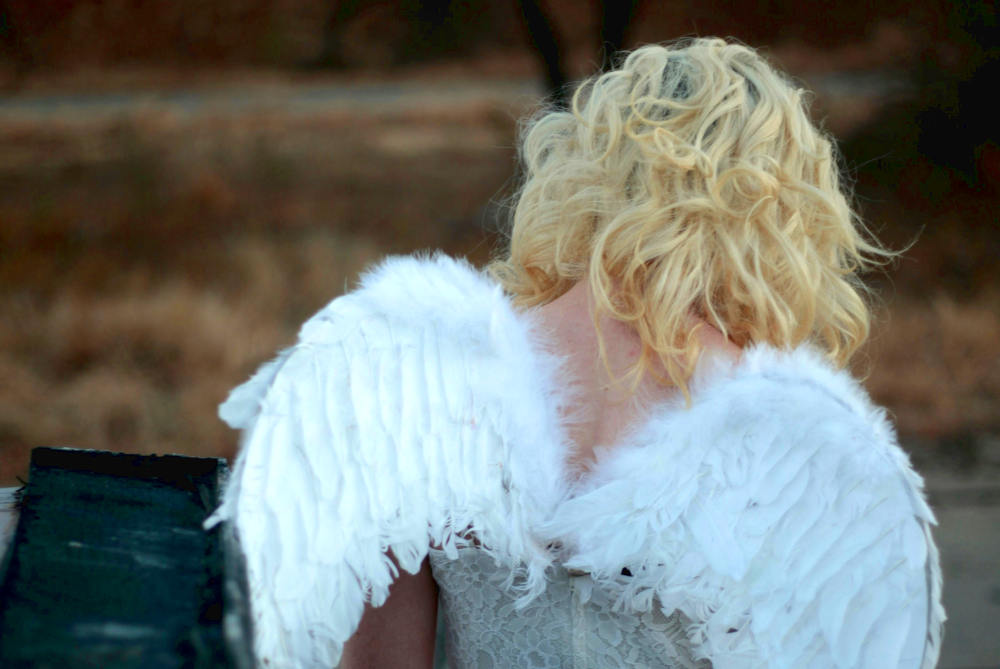
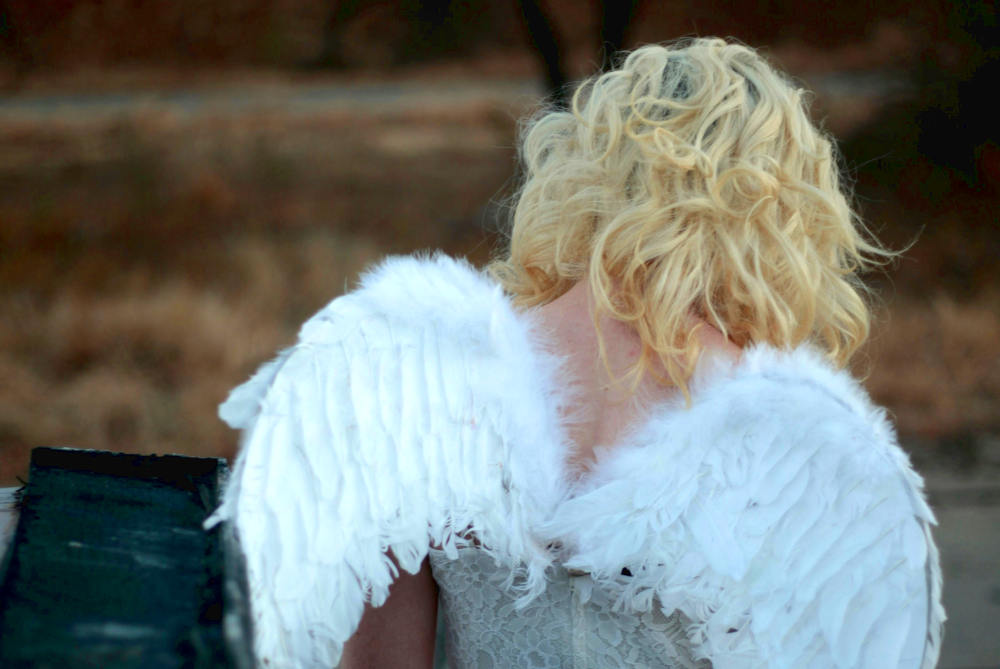















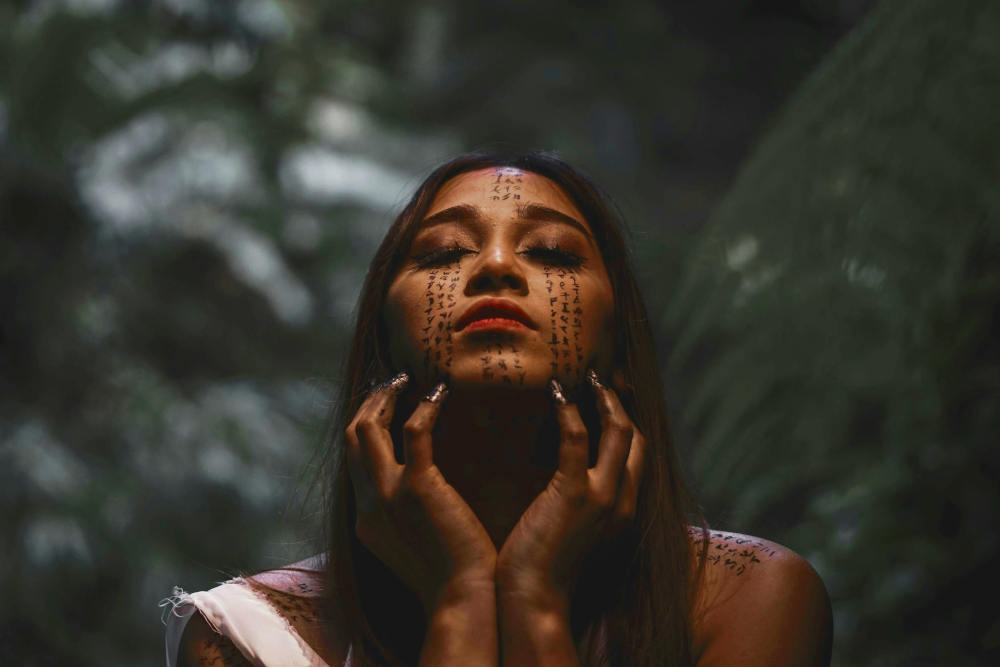
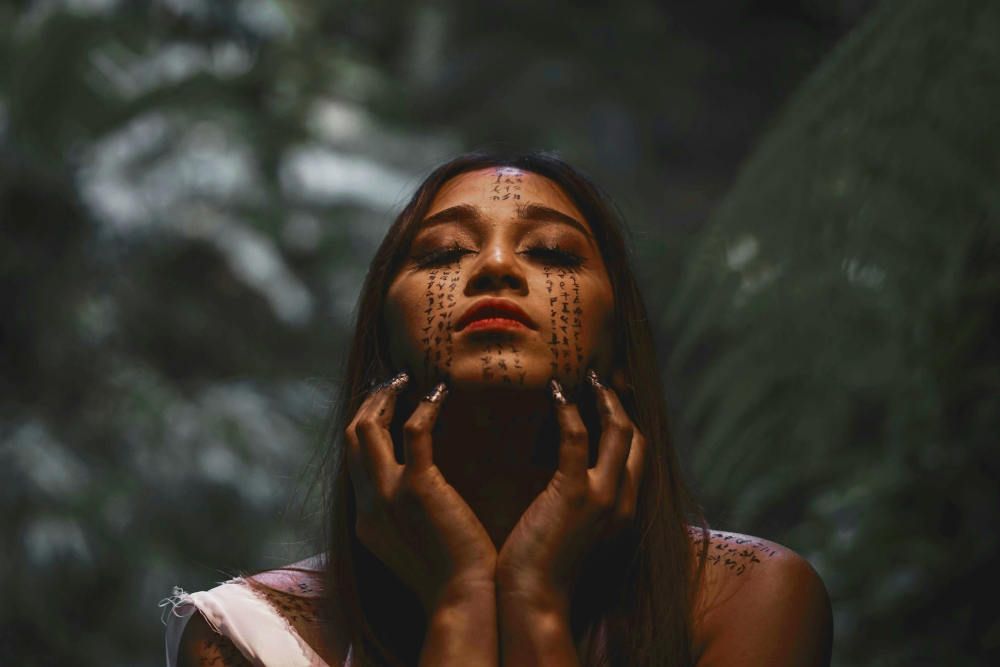


0 comments